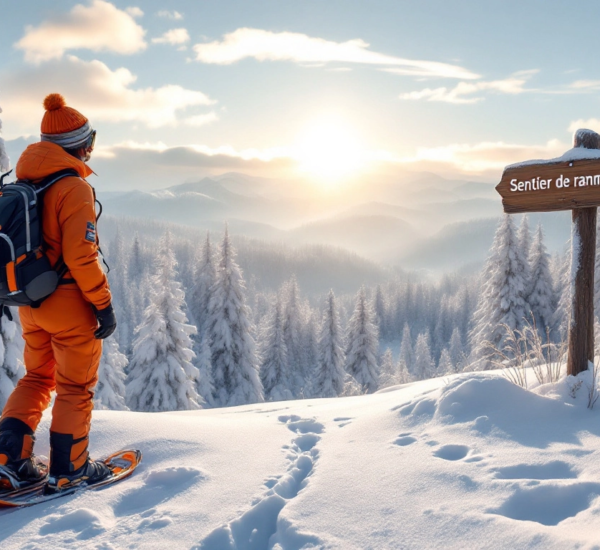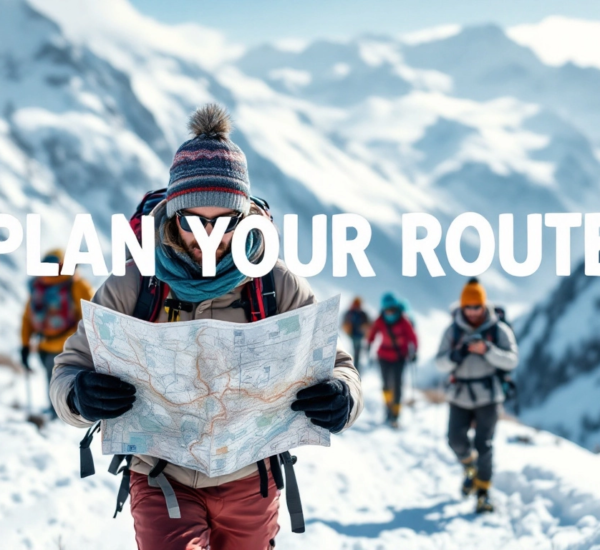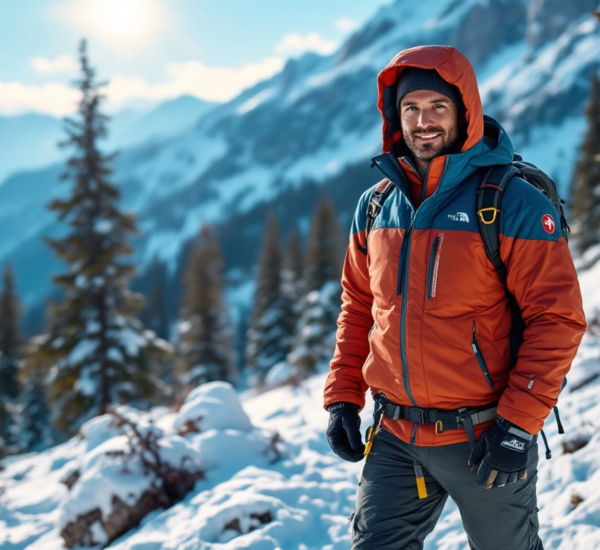Embarking on a solo hiking adventure brings exhilaration and freedom, but it’s vital to prioritize safety. Discover these essential hiking safety tips to ensure a safe and fulfilling journey in nature.
The Benefits and Risks of Solo Hiking
Hiking alone provides unmatched solitude and the chance for introspection, but it also presents specific challenges and risks. Without a companion, you’re solely responsible for all decisions, making preparation essential.
Benefits: Personal growth, peace, and the ability to hike at your own pace.
Risks: Potential for injury, getting lost, and unexpected weather conditions.
Pre-Trip Planning Essentials
Research Your Trail
Understand the difficulty, distance, and any known hazards of your chosen trail. Websites like AllTrails provide user reviews and up-to-date trail conditions.
Share Your Itinerary
Always inform someone about your hiking route and expected return time. Consider using location-sharing apps for real-time updates.
Packing Must-Haves for Safety
Gear Checklist
- First aid kit
- Proper navigation tools (map, compass, GPS device)
- Weather-appropriate clothing and extra layers
- High-energy snacks and water purification options
- Emergency shelter and fire-starting materials
Lightweight Essentials
Balance weight with necessity. Consider multipurpose tools and combine items to reduce excess gear.
Understanding Navigation and Communication
Navigation Tools
Familiarize yourself with your route using both digital and analog tools. GPS devices are incredibly helpful, but always carry a map and compass as backups.
Staying Connected
Consider a satellite phone or a personal locator beacon, especially in remote areas lacking cellular service. These devices are invaluable during emergencies.
Health and Physical Preparedness
Fitness Level Assessment
Assess your fitness level and choose a trail that matches your physical capabilities. Start with shorter hikes if you’re new to solo hiking, gradually increasing difficulty as you gain confidence.
Stay Hydrated and Nourished
Maintaining energy is crucial. Regularly consume water and snacks, especially in warmer climates where dehydration can occur rapidly.
Emergency Preparedness Tips
Recognizing Environmental Hazards
Be aware of wildlife activity, weather changes, and other potential environmental hazards. Carry a whistle and bear spray if hiking in areas known for predators.
Basic First Aid Knowledge
Acquire basic first aid knowledge and carry a first aid manual. Online resources like the Red Cross First Aid Course can provide invaluable training.
Frequently Asked Questions
What should I do if I encounter a wild animal?
Remain calm, do not approach or feed the animal, and slowly back away without turning your back. Make yourself appear larger if necessary.
How do I handle unexpected weather changes?
Always check forecasts before starting your hike. Carry rain gear and thermal clothing, and seek shelter if severe weather occurs unexpectedly.




